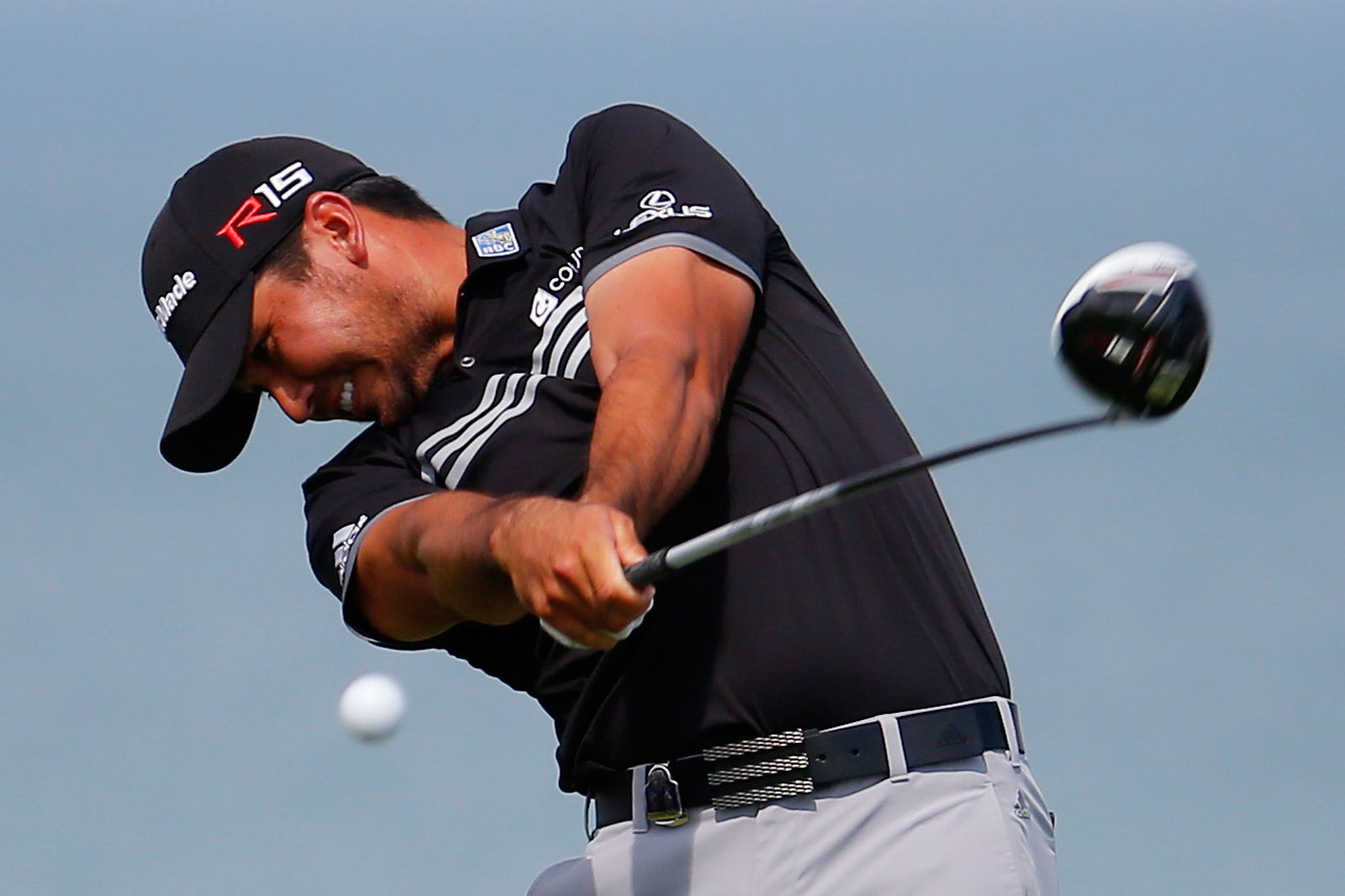How to break 90: top tips
Coaches and players unveil secrets to help lower your handicap

Is breaking 90 your nemesis? Are you finding the 80s elusive? We share simple tips from players and coaches to help shave shots and get under that magic mark.
Carl Watts, former European Tour player and Mannings Heath pro
- Trust the shot, pick a spot. If there's a hole you don't like on the tee, pick a spot one to two feet in front of the ball which is aligned with your target, and don't look up once you address the ball.
- Use clock-face pitching. Making the backswing and follow through the same distance helps build consistency. Most amateurs' backswings are too long and they decelerate through the ball.
Watch: Carl Watts explains the 'clock-face' pitching drill
- Play boring golf. Many shots are dropped because odds are so heavily stacked against a player, and it's the decision to take the shot on that leads to a poor strike. If you're in trouble, take your medicine and get back in the fairway.
Kristian Baker, Head of Instruction at Wentworth Club.
- Putt before each round. Commit to spending 10 minutes on the practice putting green before each round, getting the pace of the greens. You don't want a three-jab on the first.
- Build a routine. Be aware of having a repeatable pre-shot routine you do before each shot.
- Relax in the bunker. Don't put pressure on yourself to get bunker shots close to the flag. Just make sure you get it onto the green.
Read: Day in the life of Wentworth head pro Kristian Baker
Duncan Woolger, World of Golf Master Professional
- Swing longer, not faster. To hit putts of different lengths, many golfers change their tempo rather than the length of the stroke. The length of your stroke should change based on the distance to the hole, but your tempo should stay the same. Accelerate the putter through impact.
- Stay relaxed on pitches. If you get too tense you're never going to have a good short game. To hit good pitch shots, let your arms hang loosely from your shoulders and put your feet close together, making it easier to turn.
- Learn to hit hard shots. The key to breaking 90 is being able to save strokes from more difficult places, like a downhill lie in a bunker, or buried shot in the rough. Make sure you practise these shots.
Watch: For better ball striking, try the "gate drill"
Simon Dyson, six-time European Tour winner
- Leave the big stick at home. Unless driving is the best part of your game, keep the ball in play by using a 3-wood off the tee.
- Practise chipping with your feet together. Start slowly and build your way up. It allows you to feel the flow of your swing, and gets the top and bottom half in sync.
Jonathan Yarwood, Tour coach and director of performance at Bishops Gate Golf Academy in Orlando, Florida
- Make the club work. To propel the ball efficiently you need to get speed in the shaft. Often players in this scoring category have a flawed grip, often in the palm, which stops them creating speed and allowing the club to do the work. As a result, the body gets too active. The result is powerless effort rather than effortless power!
To simplify things and make it easy to repeat, position the club in the fingers. This will allow the wrists to work correctly. From this better base, create a "L" shape between the forearms and wrists back and through. You should feel a sense of speed and hear "whoosh" in the shaft. The body will then calm down and blend in. The ball should rocket for miles.
Ian Clark, Advanced Fellow PGA, World of Golf Master Professional
- Pivot on your pitches. Players scoring in the 90s, will often end up 20-30 yards from the green after their approaches - to hit these pitch shots well, keep your weight a little forward, and be sure that your chest continues to turn through impact.
- Keep it constant when putting. Be sure that the rhythm is kept at a constant back and through, keep the pace the same, and allow the length of the backstroke to determine the distance the putt goes.
- Hold your finish. On every full shot check you are able to hold the finish of your swing for at least a count of three, this will encourage a nice in-balance motion without any extra effort.
Watch: The five deadly sins of the swing and how to fix them
Guy Maxwell, director of golf at Assoufid, Marrakech, Morocco
- Find time to practice. Once a week on top of playing a competitive round should keep you in the groove. During these sessions work on only one swing thought at a time. Your pro can help with your priority swing thought.
- Practise with your driver more than your irons. Very often a high score on a hole is the result of a poor drive. Missing a short putt may cost you a shot, but missing a drive can cost you several.
- Stretch for 10 minutes and hit some balls before playing a match.
Jason Banting, PGA Advanced Professional, Silvermere, Surrey
- Work hard on your putting. In particular the all important and clinical holing out range of 4-8 feet. Place some tee pegs as markers for these particular distances and get to work on creating the feel of knocking these putts in regularly.
David Aitchison, PGA Professional, Silvermere, Surrey
- Identify your weaknesses. Take stats on your rounds so you can start to identify similar patterns. Tailor your practice to what you need to work on. It is human nature to practise your strengths and avoid your weaknesses. So you might concentrate on bashing your driver out there 260 yards nine times out of 10, but you shy away from practising getting up and down. This is not the way to get better.
- Address your specific faults. A similar one, but if you are struggling to break 90 there will be specific issues that always pop up. It might be a wicked slice or a horrendous hook but there is bound to be a technical fault that rears its ugly head when you are feeling under pressure. Get a lesson.

